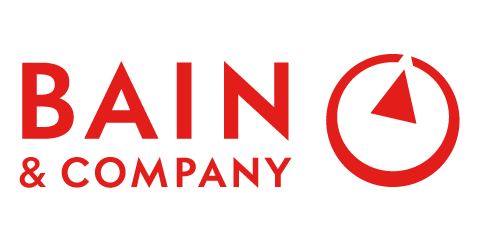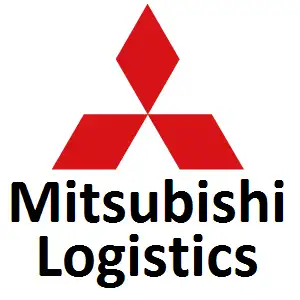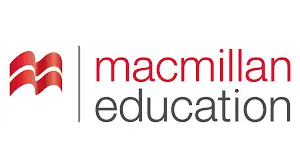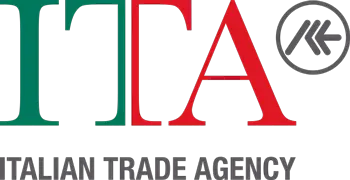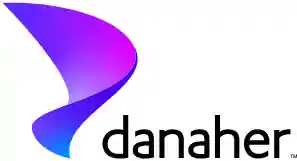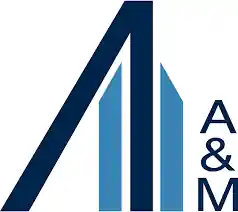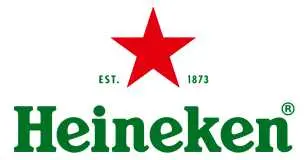
Polyvinyl Chloride Resin Market Size, Trends and Outlook 2034
Global Polyvinyl Chloride Resin Market Growth, Size, Trends Analysis - By Type, By Application, By End-use Industry - Regional Outlook, Competitive Strategies and Segment Forecast to 2034
| Published: Jun-2025 | Report ID: CHEM2599 | Pages: 1 - 230 | Formats*: |
| Category : Chemical & Materials | |||
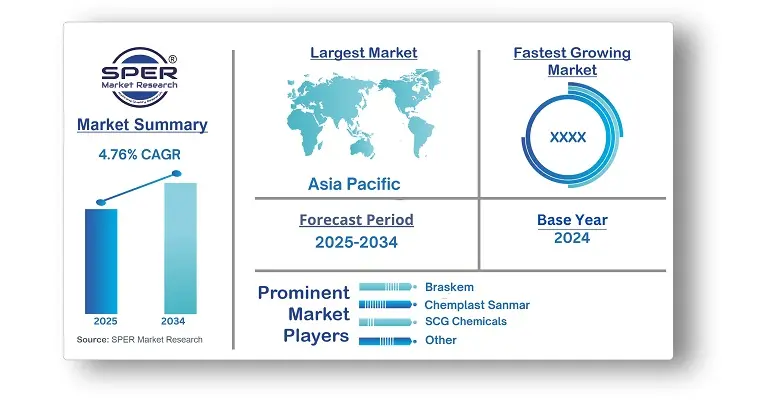
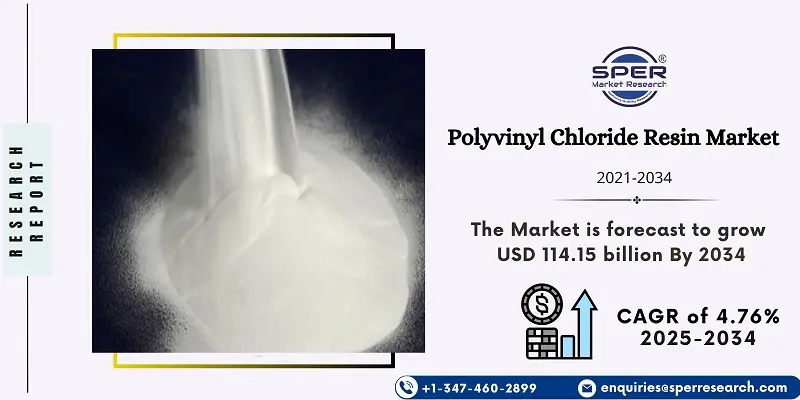
- In July 2022, A new 40,000-ton-per-year chlorinated polyvinyl chloride (CPVC) unit was added to Meghmani Finechem Limited's largest CPVC resin facility. The purpose of this plant is to satisfy the expanding demand in the PVC sector.
- In February 2020, Customers in all application areas will be able to reinvent their PVC products and support their sustainability goals with the help of Vynova's portfolio of bio-attributed PVC resins.
| Report Metric | Details |
| Market size available for years | 2021-2034 |
| Base year considered | 2024 |
| Forecast period | 2025-2034 |
| Segments covered | By Type, By Application, By End-use Industry |
| Regions covered | North America, Latin America, Asia-Pacific, Europe, and Middle East & Africa |
| Companies Covered | Braskem, Chemplast Sanmar, Cires, INEOS, LG Chem, Mitsubishi Chemical Corporation, SCG Chemicals, Shin-Etsu Chemical, and Solvay |
- Global Polyvinyl Chloride Resin Market Size (FY’2021-FY’2034)
- Overview of Global Polyvinyl Chloride Resin Market
- Segmentation of Global Polyvinyl Chloride Resin Market By Type (Rigid, Flexible)
- Segmentation of Global Polyvinyl Chloride Resin Market By Application (Dashboards, Consumer Electronics, Sealants, Electric Wires, Flooring, Pipes, Cable Insulation, Others)
- Segmentation of Global Polyvinyl Chloride Resin Market By End-use Industry (Automotive, Building & construction, Electrical & electronics, Medical & pharmaceuticals, Consumer goods)
- Statistical Snap of Global Polyvinyl Chloride Resin Market
- Expansion Analysis of Global Polyvinyl Chloride Resin Market
- Problems and Obstacles in Global Polyvinyl Chloride Resin Market
- Competitive Landscape in the Global Polyvinyl Chloride Resin Market
- Details on Current Investment in Global Polyvinyl Chloride Resin Market
- Competitive Analysis of Global Polyvinyl Chloride Resin Market
- Prominent Players in the Global Polyvinyl Chloride Resin Market
- SWOT Analysis of Global Polyvinyl Chloride Resin Market
- Global Polyvinyl Chloride Resin Market Future Outlook and Projections (FY’2025-FY’2034)
- Recommendations from Analyst
- 1.1. Scope of the report
- 1.2. Market segment analysis
- 2.1. Research data source
- 2.1.1. Secondary Data
- 2.1.2. Primary Data
- 2.1.3. SPERs internal database
- 2.1.4. Premium insight from KOLs
- 2.2. Market size estimation
- 2.2.1. Top-down and Bottom-up approach
- 2.3. Data triangulation
- 4.1. Driver, Restraint, Opportunity and Challenges analysis
- 4.1.1. Drivers
- 4.1.2. Restraints
- 4.1.3. Opportunities
- 4.1.4. Challenges
- 5.1. SWOT Analysis
- 5.1.1. Strengths
- 5.1.2. Weaknesses
- 5.1.3. Opportunities
- 5.1.4. Threats
- 5.2. PESTEL Analysis
- 5.2.1. Political Landscape
- 5.2.2. Economic Landscape
- 5.2.3. Social Landscape
- 5.2.4. Technological Landscape
- 5.2.5. Environmental Landscape
- 5.2.6. Legal Landscape
- 5.3. PORTERs Five Forces
- 5.3.1. Bargaining power of suppliers
- 5.3.2. Bargaining power of buyers
- 5.3.3. Threat of Substitute
- 5.3.4. Threat of new entrant
- 5.3.5. Competitive rivalry
- 5.4. Heat Map Analysis
- 6.1. Global Polyvinyl Chloride Resin Market Manufacturing Base Distribution, Sales Area, Product Type
- 6.2. Mergers & Acquisitions, Partnerships, Product Launch, and Collaboration in Global Polyvinyl Chloride Resin Market
- 7.1. Rigid
- 7.2. Flexible
- 8.1. Dashboards
- 8.2. Consumer Electronics
- 8.3. Sealants
- 8.4. Electric Wires
- 8.5. Flooring
- 8.6. Pipes
- 8.7. Cable Insulation
- 8.8. Others
- 9.1. Automotive
- 9.2. Building & construction
- 9.3. Electrical & electronicss
- 9.4. Medical & pharmaceuticals
- 9.5. Consumer goods
- 10.1. Global Polyvinyl Chloride Resin Market Size and Market Share
- 11.1. Asia-Pacific
- 11.1.1. Australia
- 11.1.2. China
- 11.1.3. India
- 11.1.4. Japan
- 11.1.5. South Korea
- 11.1.6. Rest of Asia-Pacific
- 11.2. Europe
- 11.2.1. France
- 11.2.2. Germany
- 11.2.3. Italy
- 11.2.4. Spain
- 11.2.5. United Kingdom
- 11.2.6. Rest of Europe
- 11.3. Middle East and Africa
- 11.3.1. Kingdom of Saudi Arabia
- 11.3.2. United Arab Emirates
- 11.3.3. Qatar
- 11.3.4. South Africa
- 11.3.5. Egypt
- 11.3.6. Morocco
- 11.3.7. Nigeria
- 11.3.8. Rest of Middle-East and Africa
- 11.4. North America
- 11.4.1. Canada
- 11.4.2. Mexico
- 11.4.3. United States
- 11.5. Latin America
- 11.5.1. Argentina
- 11.5.2. Brazil
- 11.5.3. Rest of Latin America
- 12.1. Braskem
- 12.1.1. Company details
- 12.1.2. Financial outlook
- 12.1.3. Product summary
- 12.1.4. Recent developments
- 12.2. Chemplast Sanmar
- 12.2.1. Company details
- 12.2.2. Financial outlook
- 12.2.3. Product summary
- 12.2.4. Recent developments
- 12.3. Cires
- 12.3.1. Company details
- 12.3.2. Financial outlook
- 12.3.3. Product summary
- 12.3.4. Recent developments
- 12.4. INEOS
- 12.4.1. Company details
- 12.4.2. Financial outlook
- 12.4.3. Product summary
- 12.4.4. Recent developments
- 12.5. LG Chem
- 12.5.1. Company details
- 12.5.2. Financial outlook
- 12.5.3. Product summary
- 12.5.4. Recent developments
- 12.6. Mitsubishi Chemical Corporation
- 12.6.1. Company details
- 12.6.2. Financial outlook
- 12.6.3. Product summary
- 12.6.4. Recent developments
- 12.7. SCG Chemicals
- 12.7.1. Company details
- 12.7.2. Financial outlook
- 12.7.3. Product summary
- 12.7.4. Recent developments
- 12.8. Shin-Etsu Chemical
- 12.8.1. Company details
- 12.8.2. Financial outlook
- 12.8.3. Product summary
- 12.8.4. Recent developments
- 12.9. Solvay
- 12.9.1. Company details
- 12.9.2. Financial outlook
- 12.9.3. Product summary
- 12.9.4. Recent developments
- 12.10. Others
SPER Market Research’s methodology uses great emphasis on primary research to ensure that the market intelligence insights are up to date, reliable and accurate. Primary interviews are done with players involved in each phase of a supply chain to analyze the market forecasting. The secondary research method is used to help you fully understand how the future markets and the spending patterns look likes.
The report is based on in-depth qualitative and quantitative analysis of the Product Market. The quantitative analysis involves the application of various projection and sampling techniques. The qualitative analysis involves primary interviews, surveys, and vendor briefings. The data gathered as a result of these processes are validated through experts opinion. Our research methodology entails an ideal mixture of primary and secondary initiatives.
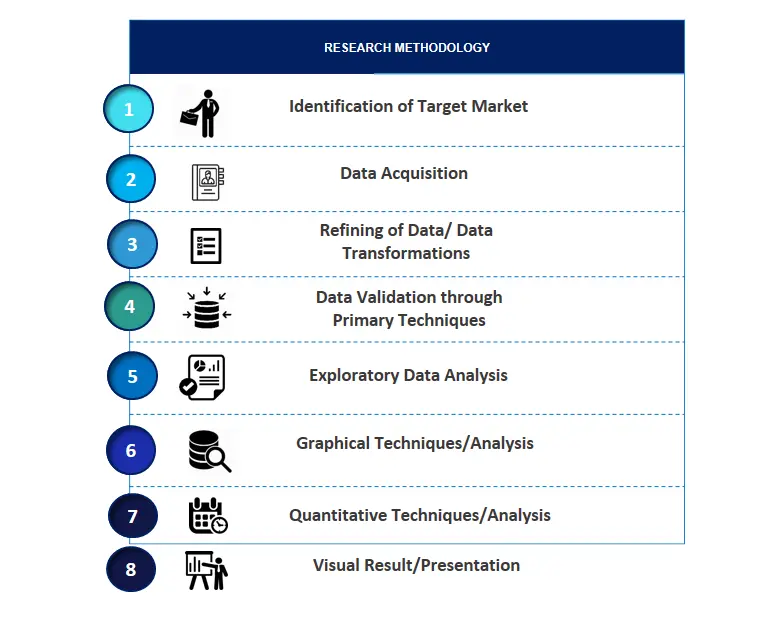
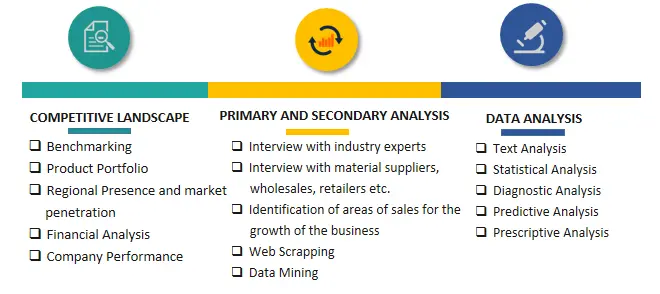

Frequently Asked Questions About This Report
PLACE AN ORDER
Year End Discount
Sample Report
Pre-Purchase Inquiry
NEED CUSTOMIZATION?
Request CustomizationCALL OR EMAIL US
100% Secure Payment
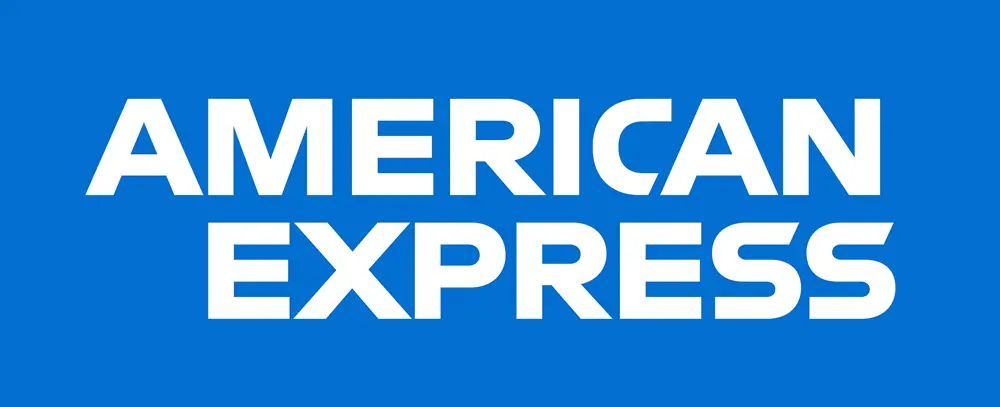
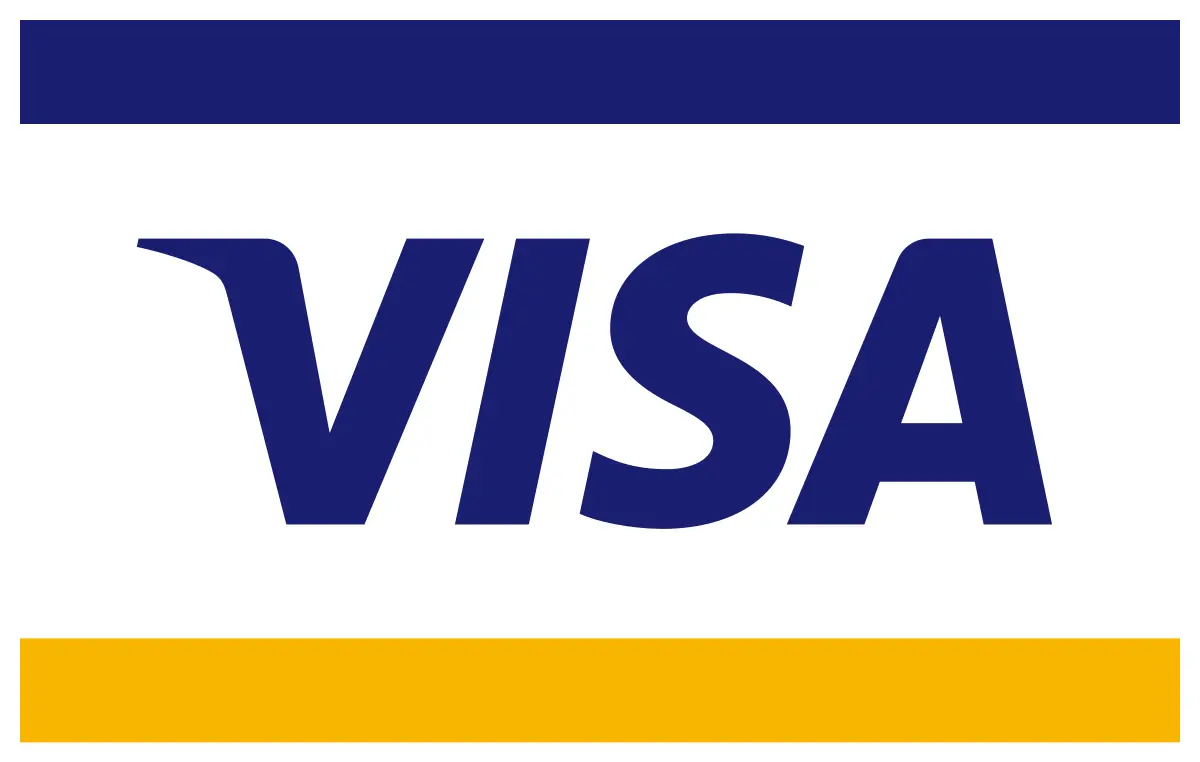
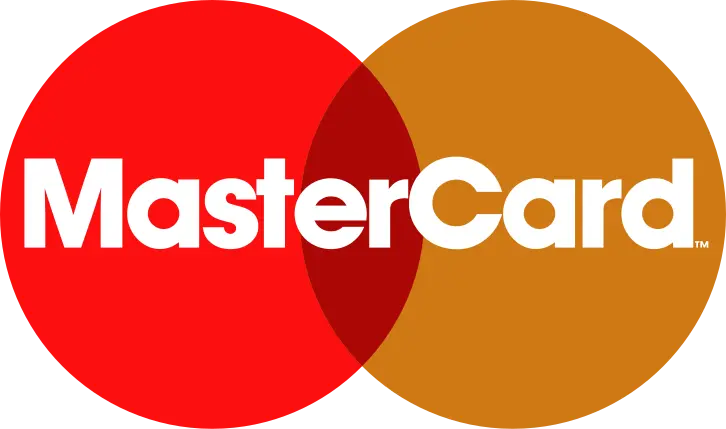



Related Reports
Our Global Clients
Our data-driven insights have influenced the strategy of 200+ reputed companies across the globe.







